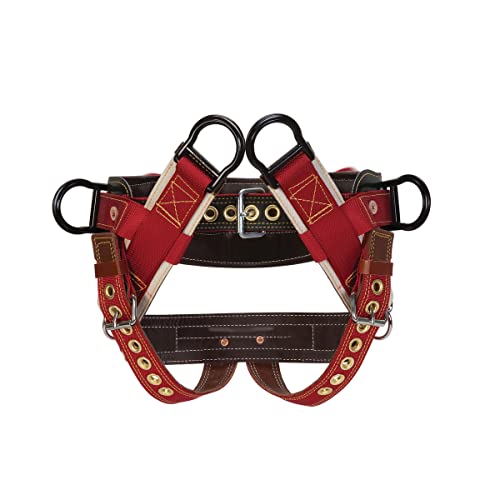what Fish said, plus...
The outlet valve is a tiny plastic disk hidden in the brass knob that stick down into the carb, and can stick closed (gummy evaporated fuel) if the saw hasn't been used for a long time. Try soaking the entire carb in White Spirit (Coleman Stove Fluid) overnight. If you have access to an ultrasonic cleaner, just a couple of minutes will do it. With the ultrasonic cleaner, I've resurrected many carbs that the other guys threw into a box year ago in disgust after trying to fix them. You can get one suitable for carbs on ebay for about $50-70.
After carb, the most common reason for an 026 not to starting is a complete failure of a crank seal. I'm not talking abut a "leaky seal", but one where the lips are gone. I figure this happen of the flywheel side 10X more than the clutch side because it's a bone dry environment, and the dust grinds away.
Before you bury yourself in the carb, check the seal under the flywheel by my quick-and-dirty pressure test. This will test the impulse line, boot and crankcase integrity. Move the piston up to just before TDC so it covers the exhaust port, (spray a little light oil in spark plug hole first and cycle the engine to lube the bore, and replace the plug), place your thumb firmly in the carb boot hole, and pump up the crankcase though the impulse line with a small bulb pump (or whatever you have) to no more than 9 psi. The saw will hold pressure pretty well if all is in order, and you'll be able to hear the crankcase leak if it doens't. Bascialy it won/t hold any presure if the seal is completely toast. I do this all the time before setting up for the "correct" pressure/vac test as it take a few seconds to do in comparison to tearing off the muffler etc etc., particularly on some of the older saws where it can be a real pain...























































